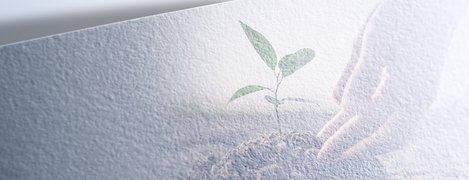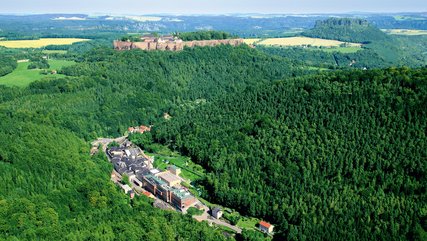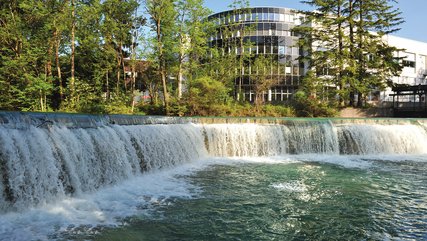

Climate and Environmental Protection
Louisenthal’s beginnings go back 450 years – so it’s natural that we think in terms of past and present generations working towards those still to come. In addition, our parent company Giesecke+Devrient is a family-owned firm and has been for the majority of its more than 165-year history.
We know what it means to uphold our values and hand them down to the next generation. We aim to make the world a better place for future generations and put the conditions in place that will enable them to flourish. These conditions include:
- Respect for the environment and climate, as this is fundamental to everything we do along the entire global value chain
- Conserving natural resources and minimizing waste, a continuous task that demands daily attention
- Compliance with all eco-related legal regulations as well as with our own wide-ranging sustainability policies.

Everything we do at Louisenthal focuses on judicious resource use, eco-friendly manufacturing processes, energy and water conservation, and reduction of CO2. We have developed a Corporate Carbon Footprint policy with the goal of significantly reducing our emissions. Within the framework of this policy, we conduct a detailed analysis that helps us pinpoint the measures we need to implement to achieve and exceed our environmental goals.
Our sustainability management system
Our environmental management system defines the responsibilities, processes, guidelines and operational measures that underpin our sustainability policy. This enables us to conserve resources, reduce our impact on the environment and cut costs.
Carbon footprint
An important objective of our climate protection strategy is the ongoing targeted reduction of emissions at our Louisenthal and Königstein sites. We use the corporate carbon footprint (CCF) analysis to document and monitor the greenhouse gases produced at each location and define measures to reduce them.
We have set up and run energy-efficiency projects throughout the enterprise to identify the causes and sources of our emissions. Based on these findings, we then develop goals, strategies and tactics to reduce our emissions of greenhouse gases as well as our power consumption levels.
Carbon neutrality
Realistically, it will not be possible for Louisenthal to eliminate emissions altogether in the foreseeable future. That is why we have decided to adopt the offsetting approach, which enables us to make significant progress towards becoming carbon neutral.

Wastewater management
The Louisenthal and Königstein plants have set an example in terms of wastewater management by deploying state-of-the-art biomembrane reactors. These process the wastewater from manufacturing processes, enabling its reuse in production (around 700m3 /day). Every hour, a biomembrane reactor recycles as much water as a two-person household consumes in a half year (around 30m3/half year). The systems at both sites have been in operation since 2009.
And there’s a lot more we do to ensure we maintain a forward-looking approach to water protection and management. We are lucky enough to work in facilities located in a beautiful environment – near Lake Tegernsee in Bavaria – that is a popular destination for nature lovers too. That’s why we have made a commitment to doing as much as possible to preserve the area for future generations. Our highly effective wastewater management measures help ensure that Lake Tegernsee and the surrounding areas remain as beautiful as they are today – for many years to come. And our measures produce concrete results: our wastewater treatment plant ensures we use 40% less water than we did in 2009. And since 2017 we have also been voluntarily leaving more water in the nearby river Mangfall than we are required to by law: 1,000l/s rather than the previous 350l/s.
Energy
We generate almost 25 percent of our electricity locally – and we even have five turbines running so that it’s as carbon-neutral as possible. The newest was modernized as recently as 2014 and has a sensor-controlled, fully automatic water inlet that only takes as much water from the river Mangfall as it actually needs. We also have a combined heat and power system that simultaneously produces electricity and heat for our paper mill. We generate an average of 10 gigawatt hours of electricity a year.
